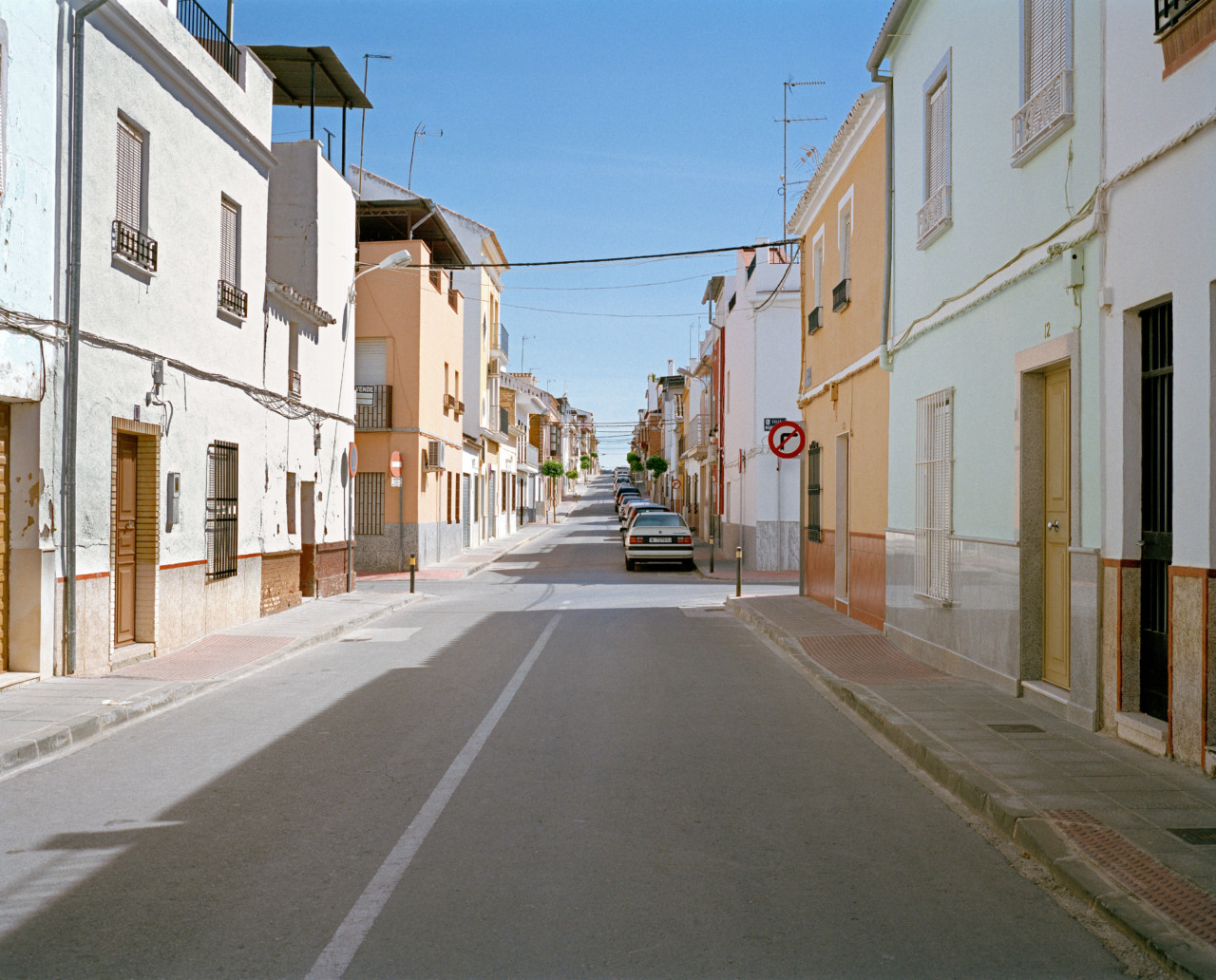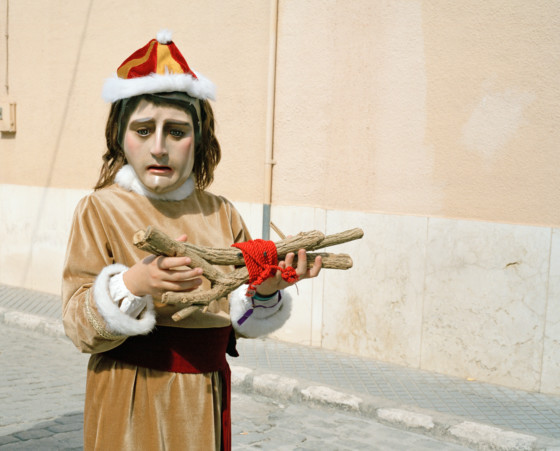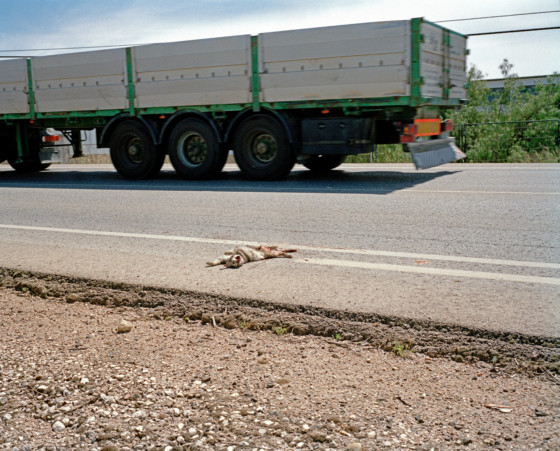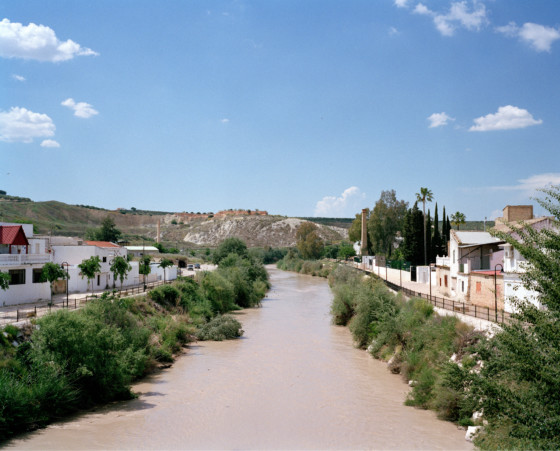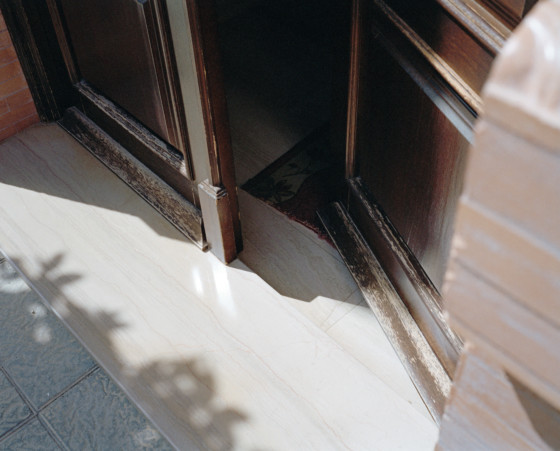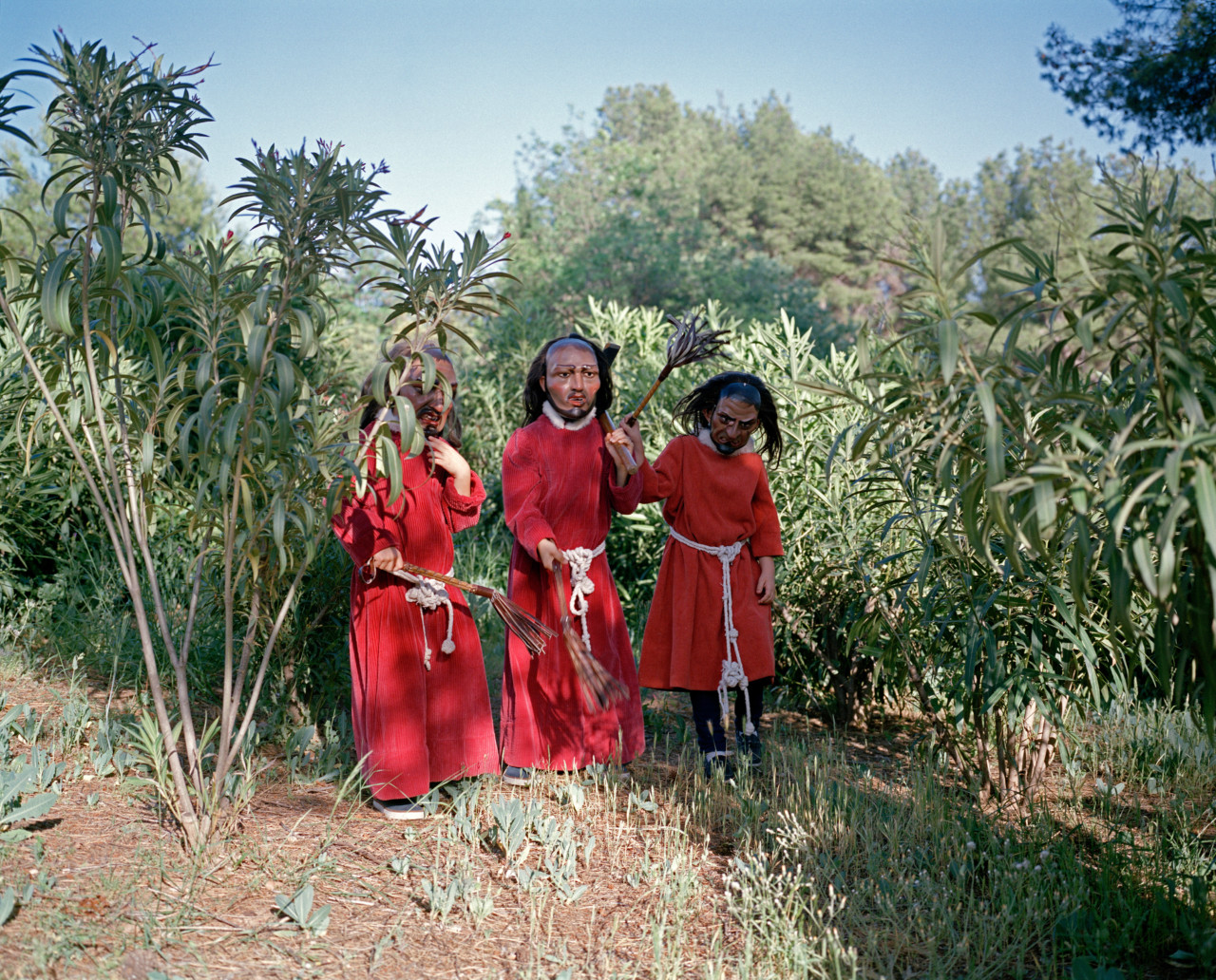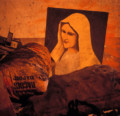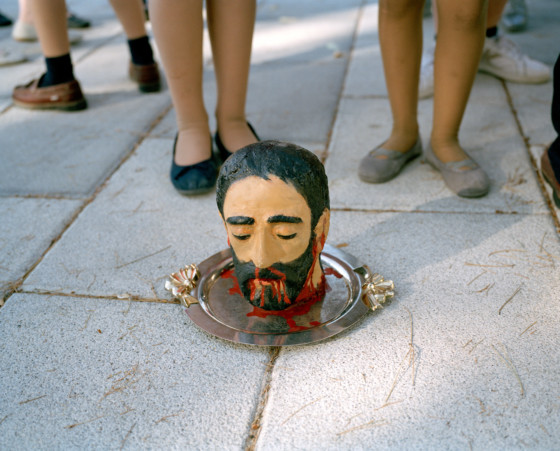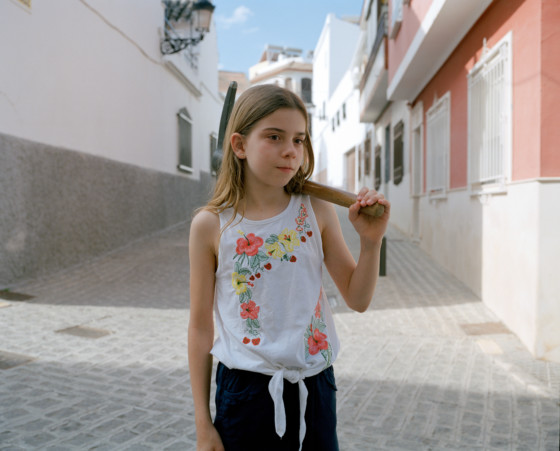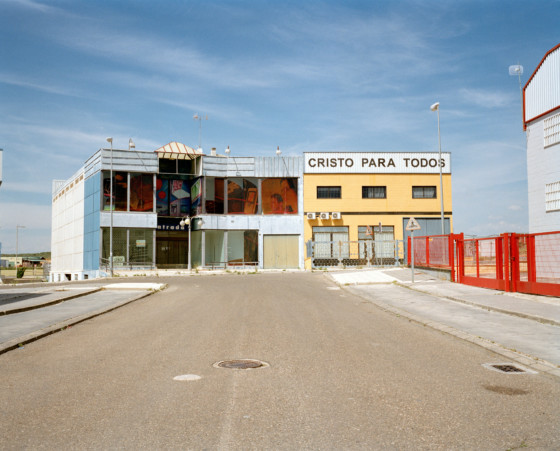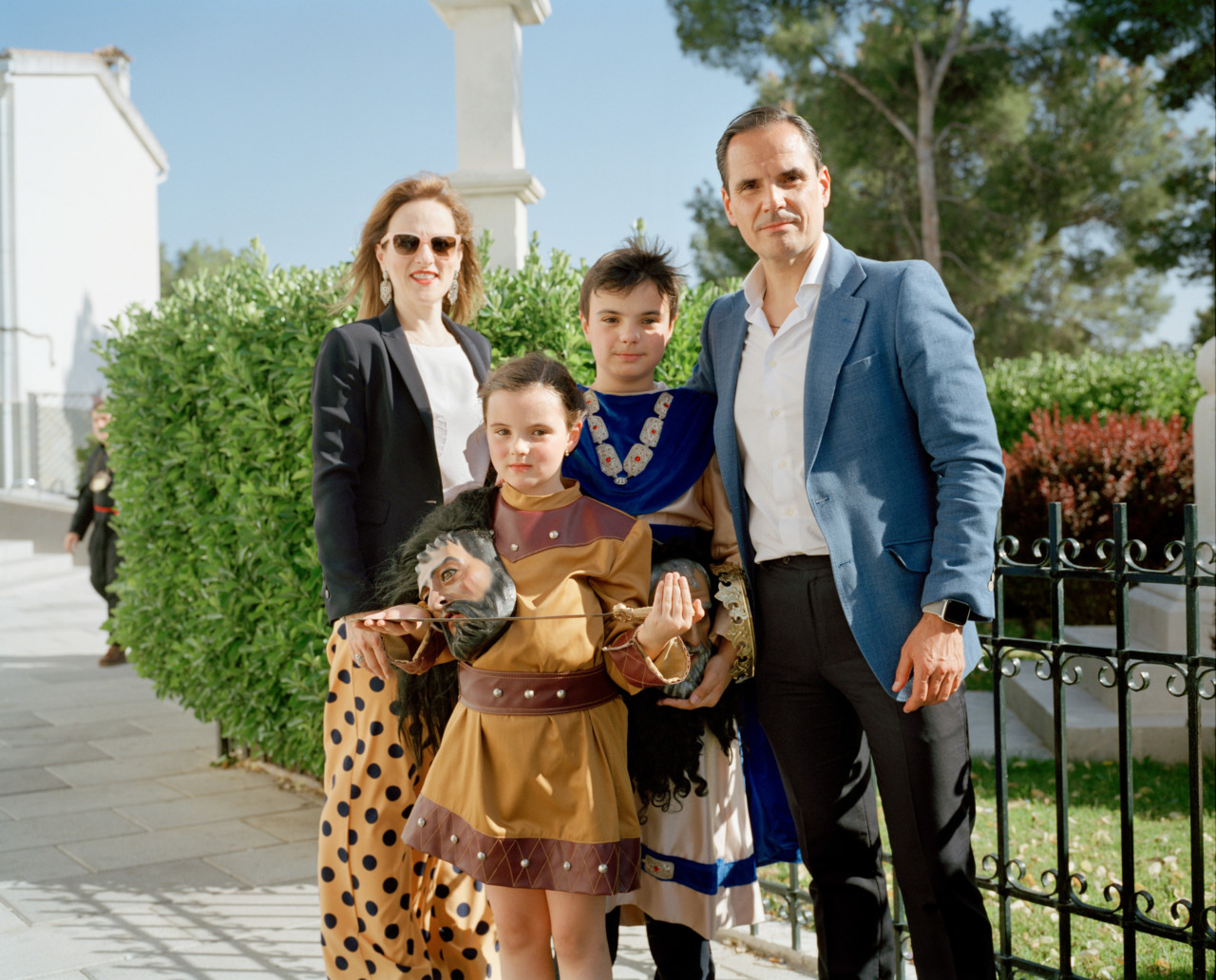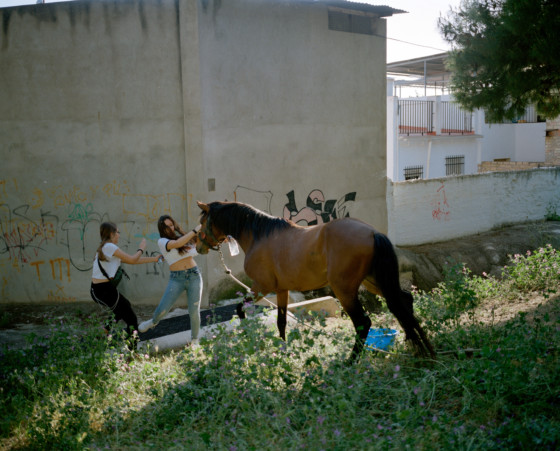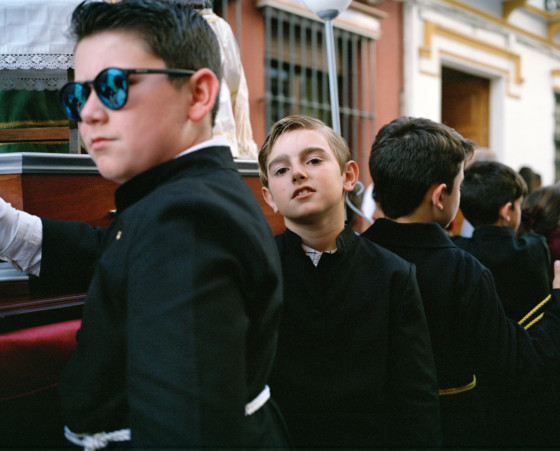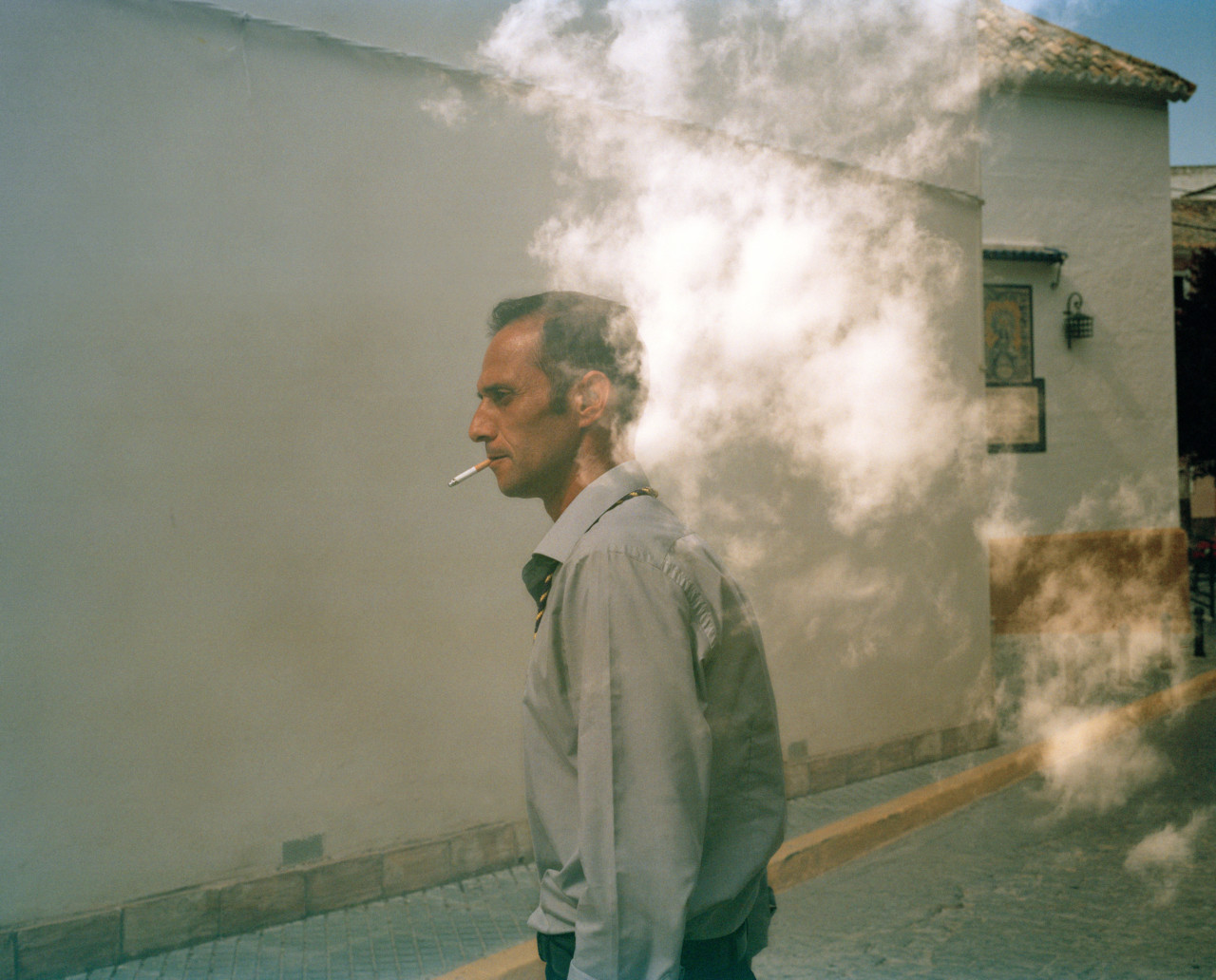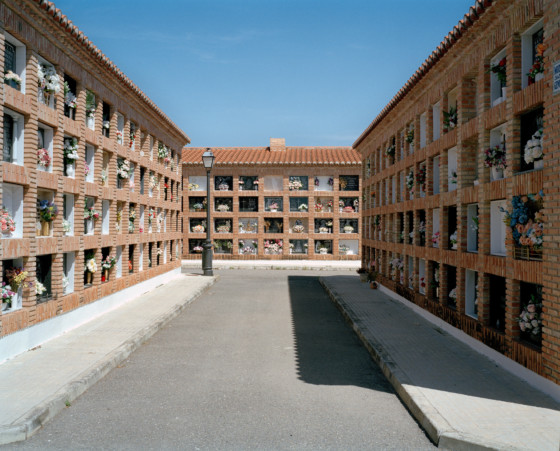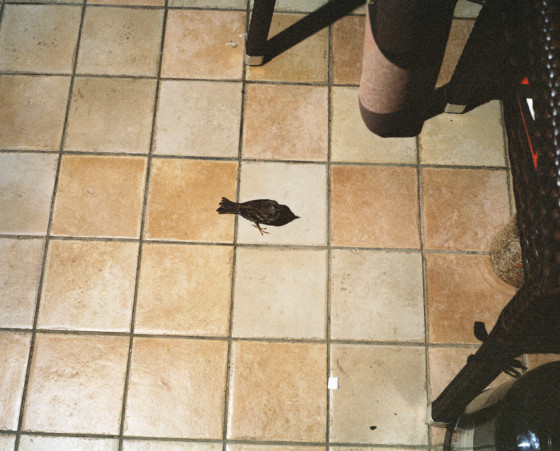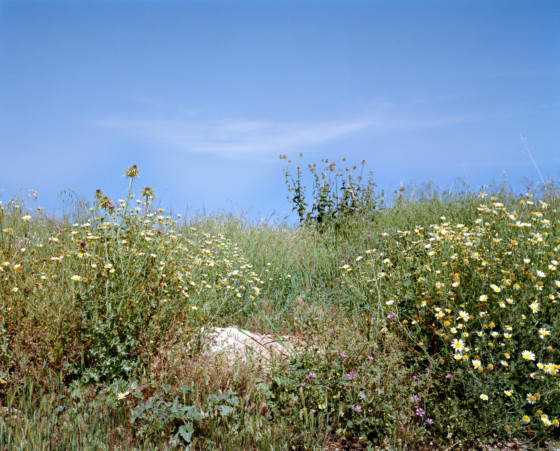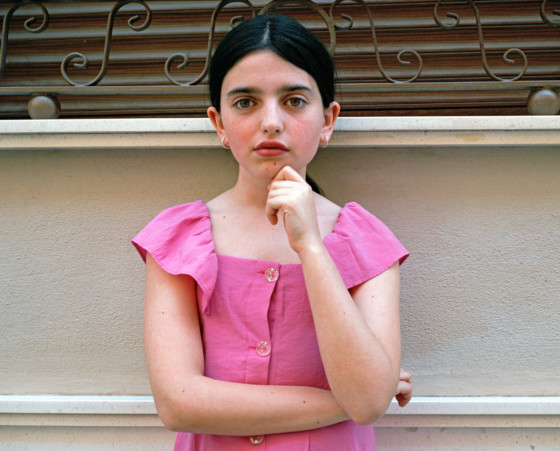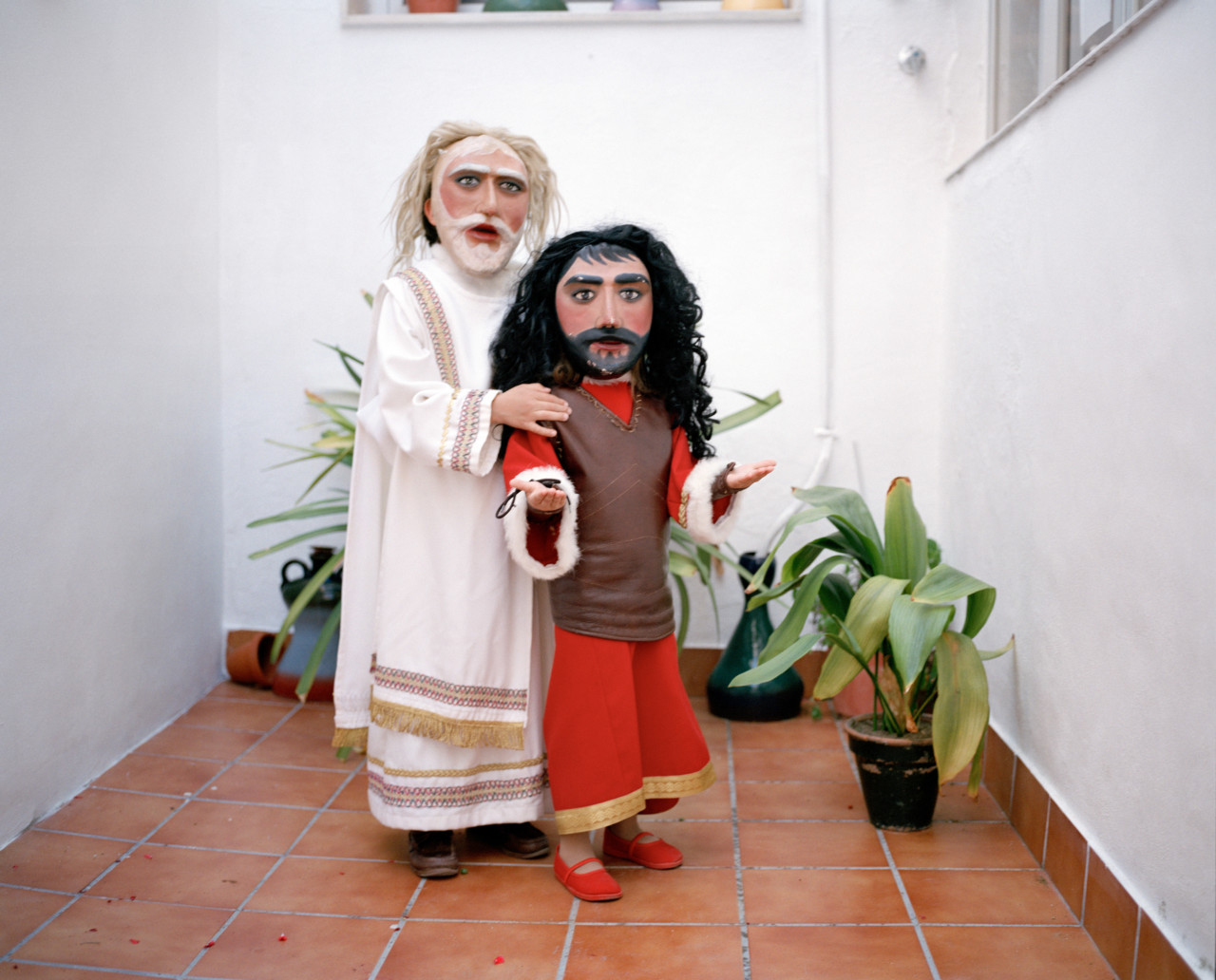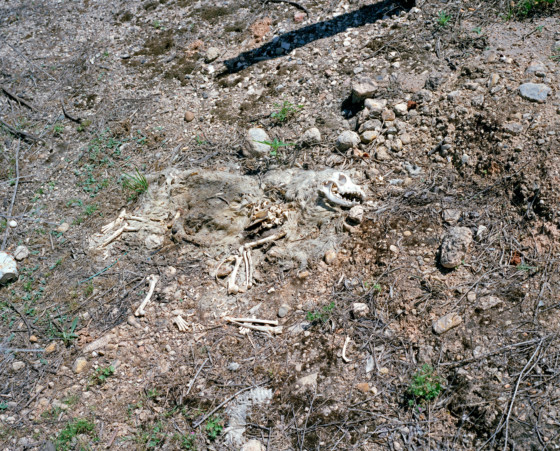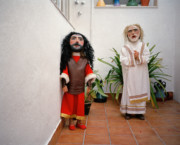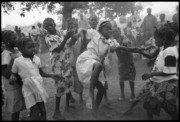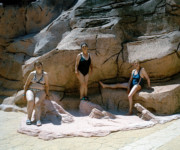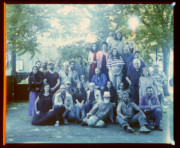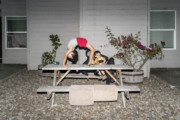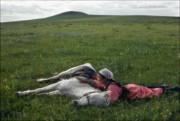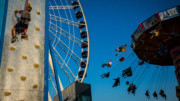The Visions
Lua Ribeira captures the peculiarities of Semana Santa Chiquita de Puente Genil
Magnum nominee Lua Ribeira traveled to the industrial town of Puente Genil, in Andalucia, to continue her exploration of religious mythology, public morality and the traces of her homeland’s flamboyant traditions
We first entered into a spacious court, where the devils were scourging the unhappy, who cried, “pardon, pardon, my God! I did not reflect—I did not believe—who told me of these things;” and many other similar expostulations. “These,” observed the devil, “are people, that have come to hell without thinking about it, without fear, and without believing it.” “They were then honest in their faith; but why punish those guilty only through ignorance?” The devil replied, “they ought to think upon the matter, to instruct themselves, and be persuaded that hell is no place for mercy—so much the worse for them.”
The Visions, 1605-1622, Francisco de Quevedo
¿A qué volveis los ojos que no os acuerde de la muerte? Vuestro vestido que se gasta, la casa que se cae, el muro que se envejece y hasta el sueño cada día os acuerda de la muerte, retratándola en si. Pues, ¿Cómo puede haber hombre que se muera de repente en el mundo si siempre lo andan avisando tantas cosas? No os habeis de llamar, no, gente que murió de repente, sino gente que murio incrédula de que podia morir así, sabiendo con cuán secretos pies entra la muerte en la mayor mocedad y que en una misma hora , en dar bien y mal, suele ser madre y madrastra.
Los Sueños, 1605-1622, Francisco de Quevedo
Puente Genil, an industrial town located in the south of the Cordobese countryside, lies in the geographical center of Andalucia, Spain. It is known for its wines, olive oil, the production of quince jelly and a Semana Santa,or Holy Week, full of peculiarities. Every year hundreds of biblical figures appear in Puente Genil’s streets, representing characters of the Old and New Testaments. Represented in costume are the apostles, evangelists, prophets, sibyls, Jews and Roman soldiers. Their attire is made up primarily of the mask or “rostrillo”, but each figure also sports a costume and bears an object identifying it’s role, known as the “martirio”.
These groups of costumed figures are governed and directed by the town’s Corporations – civic-religious, masculine societies, governed by strict statutes. These Corporations are headquartered in barracks-like buildings known as cuarteles. Throughout the year they serve as places to plan, rehearse and discuss the processions of the coming Semana Santa.
The week after the official Semana Santa, there follows Semana Santa chiquita, for the children of Puente Genil so that they might continue this tradition with the same passion as their forebears. Documents indicate that the processions, costumes, masks and traditions of Semana Santa have been taking place since the mid-17th Century in Puente Genil. However, the Catholic Church has always viewed with some regret these manifestations of popular religiosity, which grew beyond the control of the officials and the strictures of the Church, perhaps existing in looser and more celebratory realms than the authorities might have wished.
This (short) series of photographs fits into anongoing photographic study of my homeland, Spain, but it is more pertinently part of a larger, personal, exploration of the functions that religious and mythological manifestations have in a society as means of understanding abstract ideas like life, suffering, death and morality.
I am interested in the transformation of Christian events into extra-official rituals, sometimes with these profane or pre-Christian origins. Yet it is the church as an institution that dominates the significance of concepts around societal morals. I am interested in the normality that surrounds these popular events and how influential they may be in forging a particular identity.
For instance, someof the figures of the Corporations of Puente Genil represent various moral and philosophical concepts. For example, in the grouping known as The Powers of the Soul are Memory (who carries a living dove and a globe), Understanding (carrying one eye) and Will (bearing a cross and a cross). In The Moral Virtues are Love (carrying a Baby Jesus), Patience (with a palm and a cross), Humility (holding a castle), Charity (bearing a shield and sprat) and Mansedumbre (carrying a living dove)
There is from my perspective, an ambivalent relationship with events and celebrations such as these: I appreciate their mythological quality, the creativity and popularity, yet that appreciation clashes with their reductive, and literalinterpretation of Catholicism, as well as the history of the church as an institution of power.
“What does our great historical hunger signify, our clutching about us of countless cultures, our consuming desire for knowledge, if not the loss of myth, of a mythic home, the mythic womb?”
Excerpt from The Birth of Tragedy, by Frederich Nietzsche


